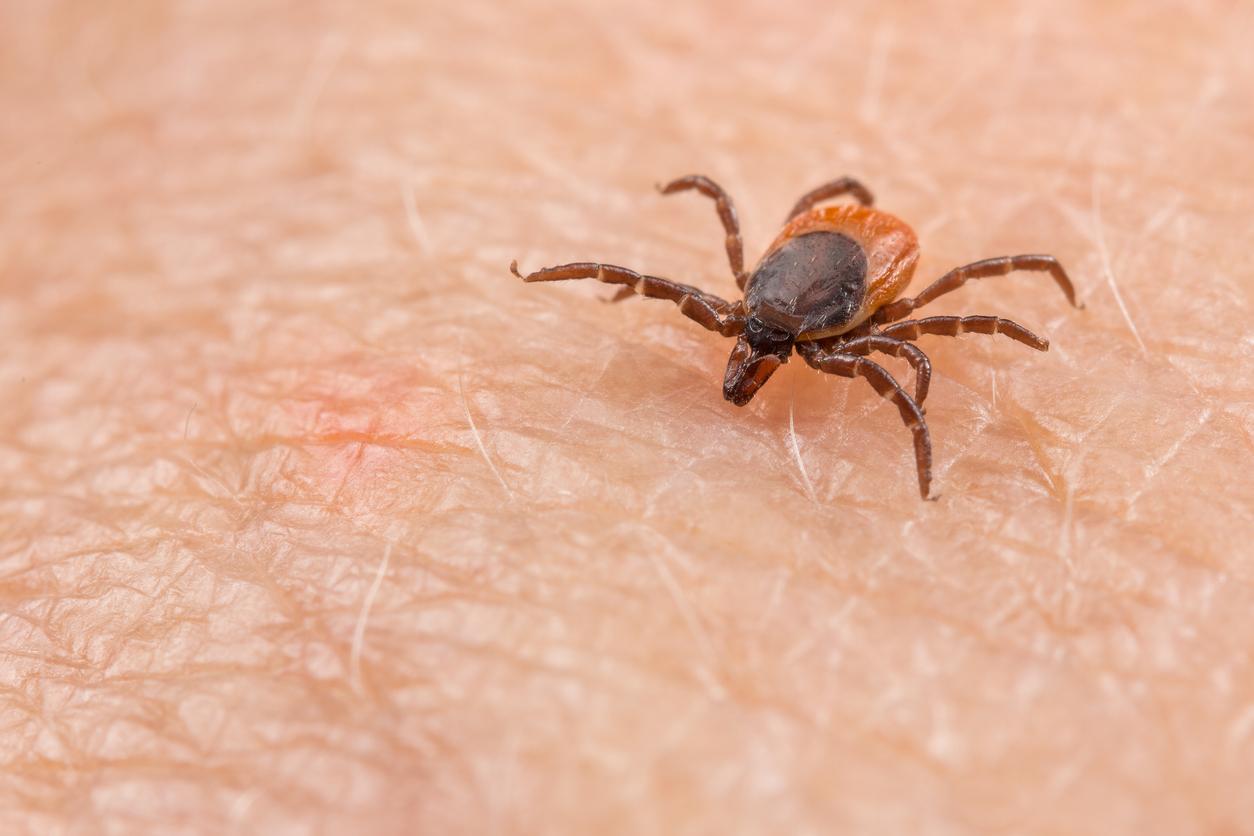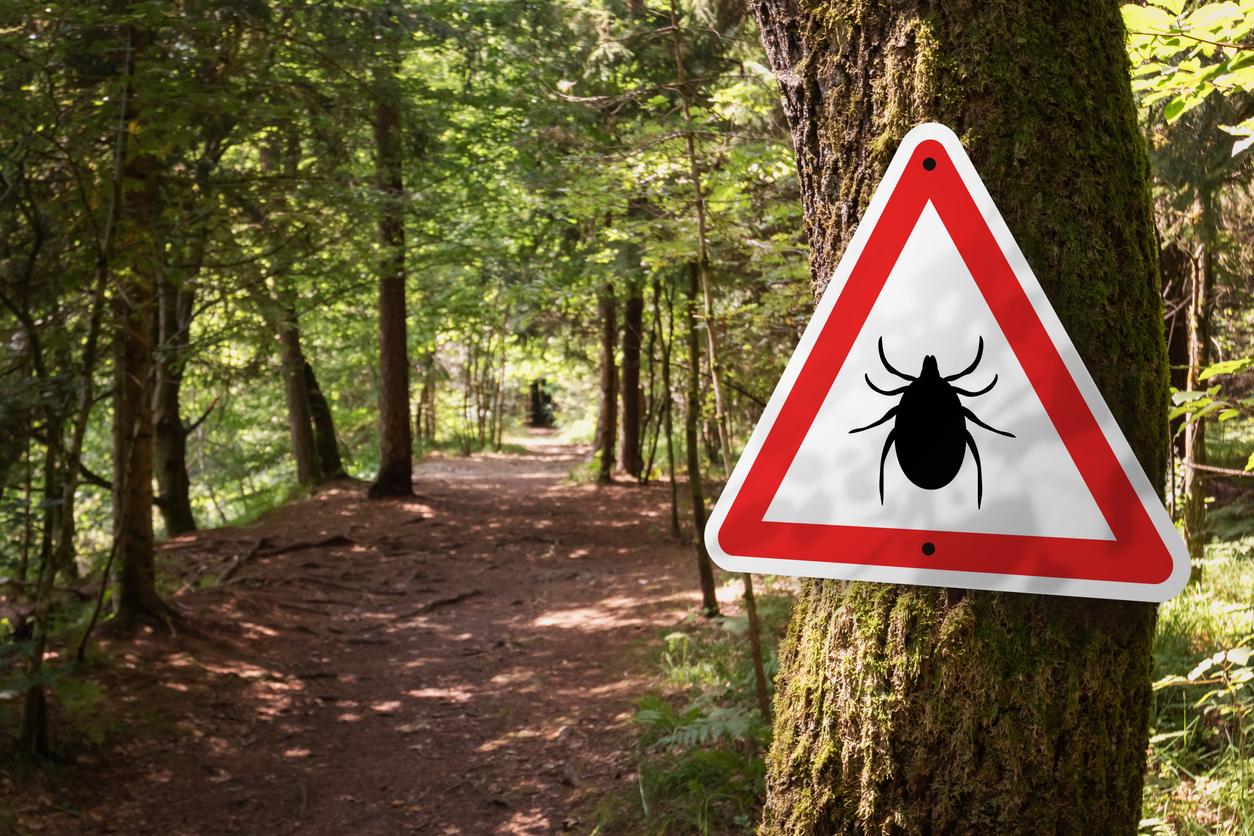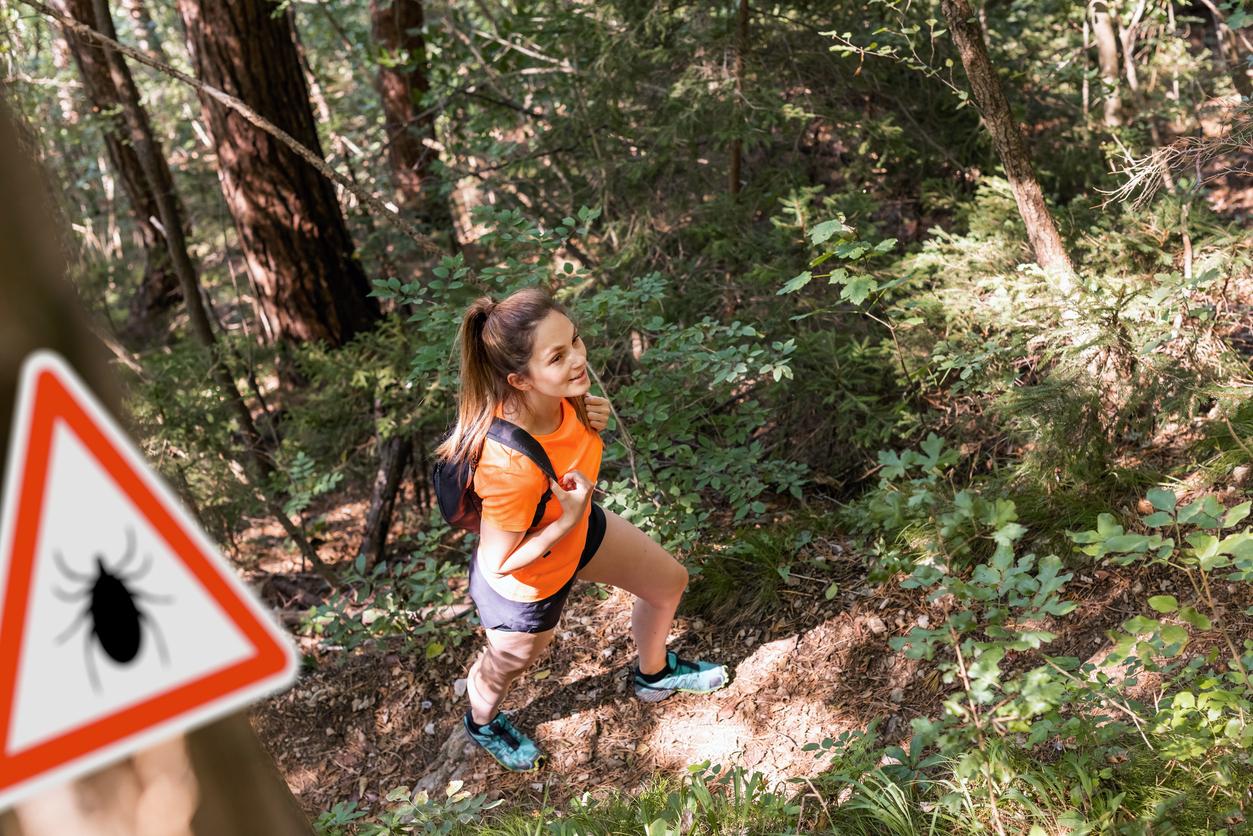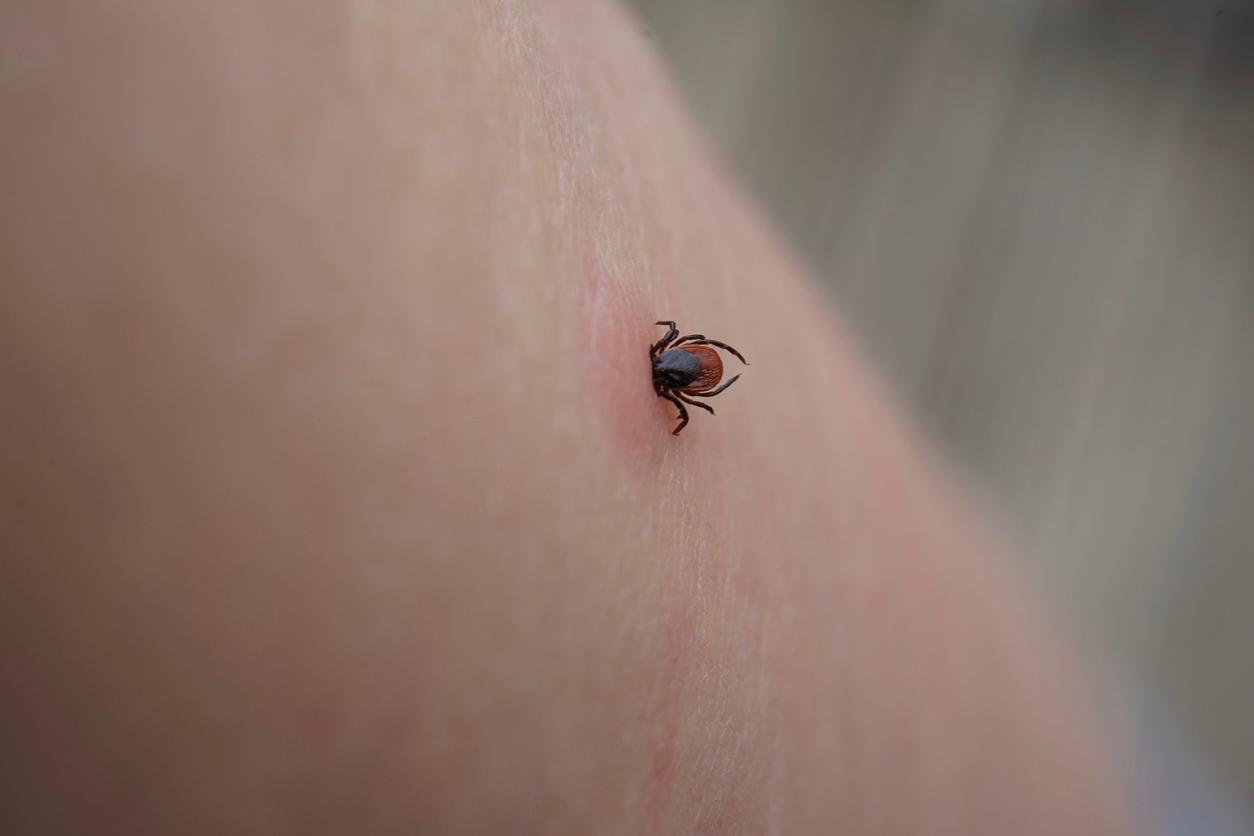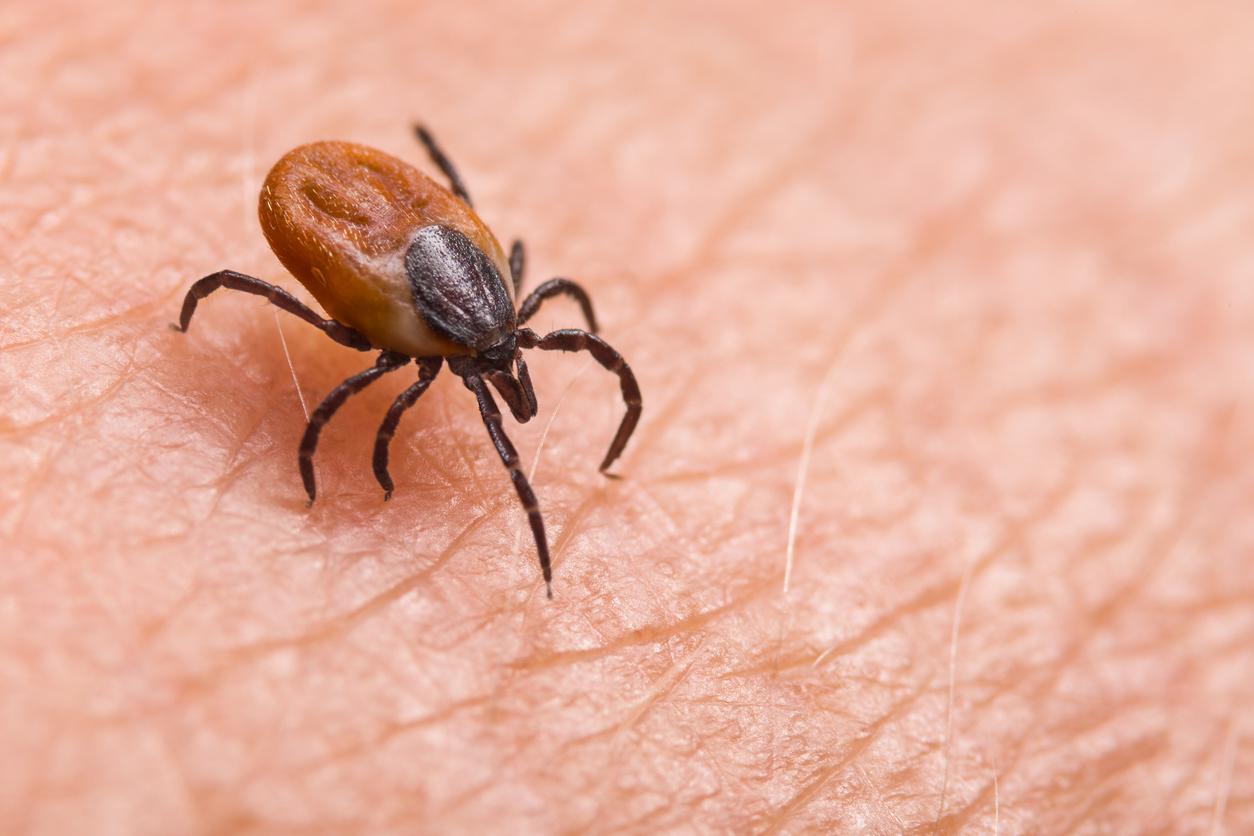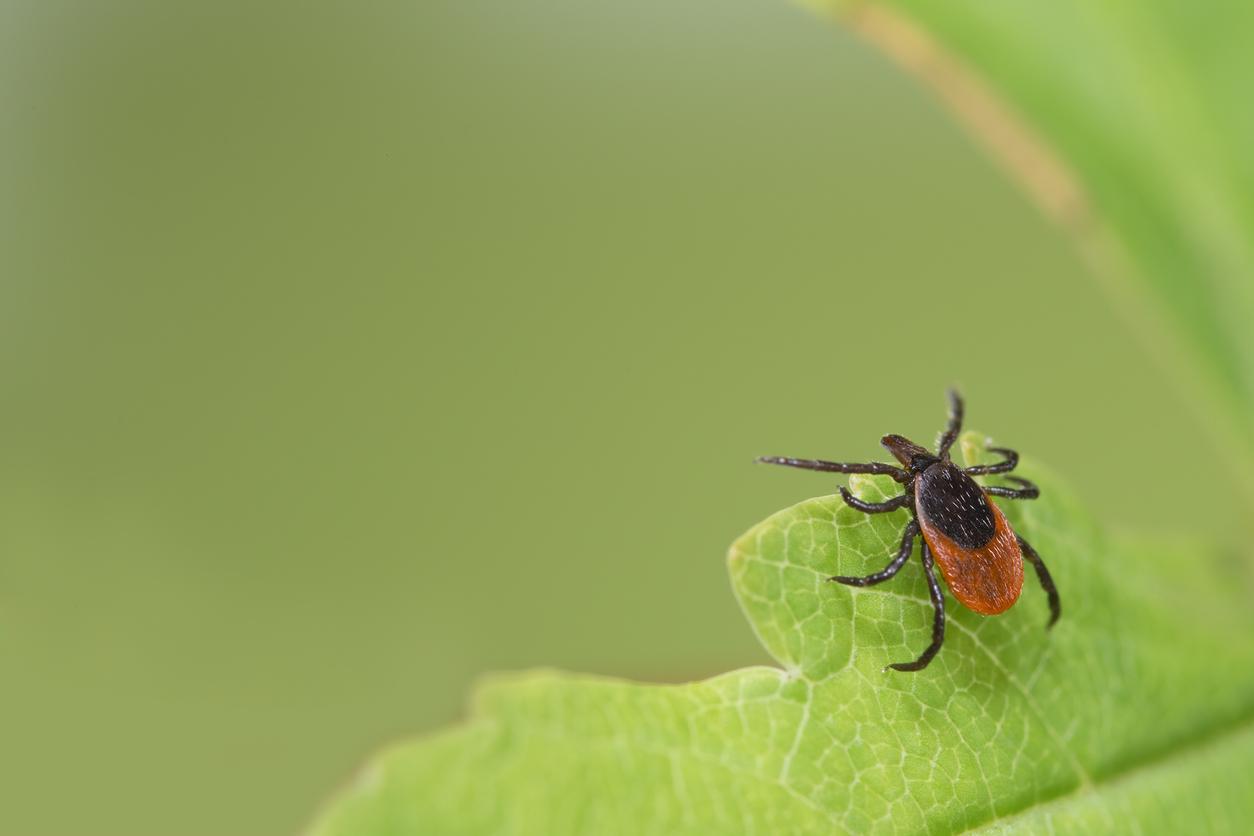The Tiques France association publishes a participatory tick map. The areas of bites and abundance are filled in as you go.
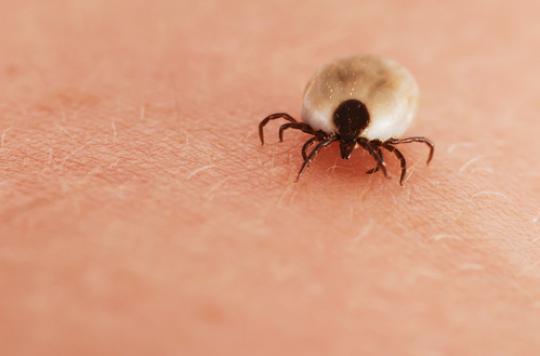
Where do ticks hide? To find out, nothing better than mapping to locate the places where walkers have been attacked by these pests. Association Ticks & France publishes on its website a participatory map of ticks in France.
Everyone is called upon to complete it based on their own observations and experiences, by filling out an online form. Two data are taken into account: the number of bites recorded, and the areas of abundance detected.
Alsace, Lorraine, Ile-de-France most affected
This interactive map allows you to get an idea of the places at risk in your department – although the data, not exhaustive, are only indicative. The localization of ticks has been carried out since September 2014 via a public study, but the information remains incomplete. Hence the idea of a participatory operation.
Alsace, Lorraine, Ile-de-France, Lower Normandy, Aquitaine, Rhône-Alpes and Midi-Pyrénées are among the regions most affected. Wooded regions are the most risky, but there is an upsurge of ticks in high mountains or by the sea.
However, if some bites are harmless, others can cause serious problems, especially if the ticks are carriers of bacteria. This is the case with the Borrelia, a bacterium transmitted by ticks and responsible for Lyme disease.

Responding to a bite
The card invites you to adopt a preventive approach – either by avoiding risk areas, or by increasing the number of procedures to avoid bites (long clothing, repellent, etc.). But once the infection is contracted, it is necessary to adopt other reflexes. And in particular to be very reactive: because of its difficulty in diagnosis, Lyme disease can develop unfavorably. Early diagnosis can prevent many complications.
Lyme disease manifests itself within three to thirty days after the bite with the appearance of a red, inflammatory plaque on the skin around the point of the bite, which is most often in the lower limbs. This plaque can be accompanied by fever, then disappear spontaneously within a few weeks.
Left untreated, the disease can cause, weeks, months or years later, joint pain, or arthritis and other skin, heart or neurological damage.

.










